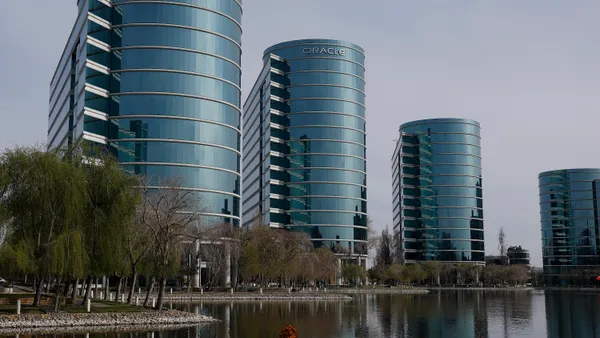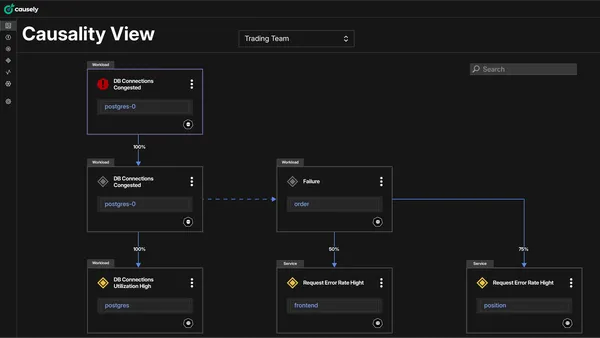Dive Brief:
- Leaders in the pharmaceutical industry say their ability to fully operationalize the mountains of data they sit on is "limited," but they're working on the infrastructure to make it possible, according to a report from advisory firm Russell Reynolds Associates.
- The report, based on interviews with digital and technology leaders at 10 global pharma companies, found the most effective data management platform infrastructures added management-level roles who oversee data efforts. Chief data officer, director of data science, director of analytics and principal data engineer are some of the most frequent titles.
- As pharma CEOs look for technology leaders to add to their roster, they compete for them with peers from almost every other industry. The report found just 25% of pharma CDOs have previous experience at pharmaceutical companies.
Dive Insight:
The pharma industry has hurried to adapt to the critical changes of the digital age — right as Amazon and Apple increased their interest in the healthcare sector.
Motivation to deploy robust digital strategies comes by way of new revenue streams made possible by technology. Researchers from Russell Reynolds Associates identify digital therapeutics, AI-driven drug discovery and virtual healthcare as emerging fields for additional revenue streams.
But for global pharma companies, the abundance and diversity of data inputs could actually work to their disadvantage, as the correct infrastructure to process them isn't yet in place.
"The chief information officer of a large pharma company told us that they have 5,000 data sources in their organization," the report states. "To capture data across these sources — not just once but repeatedly through a regular data refresh cycle — is itself a monumental achievement."
Faced with the organizational challenges that accompany institutional change, decision makers "should be able to identify and scale good digital ideas" inside their companies, the firm said.
Fostering a culture of innovation can help increase buy-in from employees as centralized projects are rolled out.













